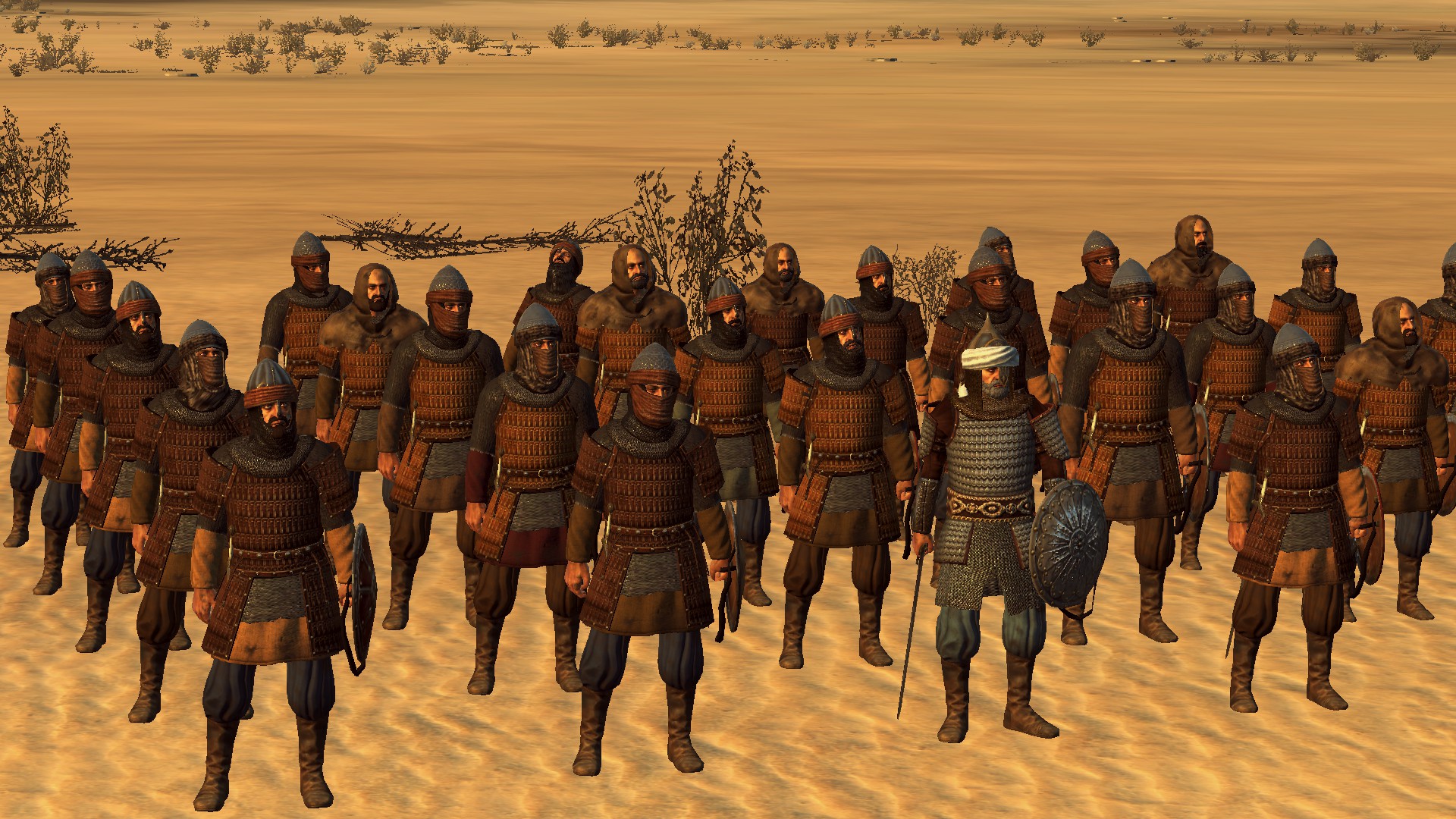Feudal social order
The social system, which was established in Western Europe in the Middle Ages, historians called feudal. The feud, from which the words “feudalism”, “feudal lord”, “feudal” were formed, is the name of the landholding granted to the lord (the “senior”) by his lord, the subordinate, the person committing himself for the possession of the feudal service, Knightly, that is, in full armor and riding a battle horse.
Vassals were needed both in feuds, and in strong and noble patrons, and the power of the seniors depended, first of all, on the number of devoted and efficient vassals.

On the whole, based on Christian ideals, the entire social and cultural life was built. Moreover, in the image and likeness of the celestial, spiritual hierarchy, the earthly hierarchy was also built. If the first kind of hierarchy (spiritual) has the appearance of a world of true being, just full realization of the ideals of Christianity, then the second kind of hierarchy appears in the medieval world picture as a mirror image in the earthly reality of heavenly being.
This gave the earthly hierarchy a higher meaning: social relations turned out to be a reflection, albeit pale and imperfect, of a hierarchy subordinate to God’s throne, and thereby acquired a religious justification. People of different legal status, who belonged to different estates, formed certain layers in the Christian picture of the world. So, by analogy with the nine ranks of the angelic world, some theologians divided society into nine categories of people, beginning with kings and ecclesiastical and secular princes at the top of the hierarchy and ending with the common people at its base. The most common was the tripartite division of society: the first estate – the clergy (“those who pray for all”), the second estate – aristocracy and the military, chivalry (“those who fight”) and the third estate – commoners, people (“those who Works “) – peasants, townspeople.
Each class had its own idea of Christian ideals. And yet they all had a fundamental value – service to God and the salvation of their souls in their own place! In practice, the manifestation of this value was so unique in every class that far enough removed from the original strictly religious understanding of the Christian commandments. Thus, the Catholic Church often, in addition to domination in the spiritual life, claimed for primacy in the state-political sphere. The church strove to build the City of God on Earth. A vivid example of these claims was the Crusades – an attempt by the sword, by force to unite and expand the Christian world under the power of the papacy. When in the late Middle Ages more and more people and people began to fall away from the Catholic Church, then the latter resorted to repressive measures to protect its ideological and political – to the Inquisition.
Another example of almost anti-Christian behavior in medieval culture is associated with the phenomenon of carnival. This holiday arose in the cities towards the end of the Middle Ages and marked the departure of winter and the meeting of spring. On the days of the carnival all bans for fun were canceled and even religious rituals were laughed at. The roots of the carnival processions – in archaic orgies, in festivals such as the ancient Saturnalia, during which the generally accepted rules were abolished, the social order was “overturned”: the servants served slaves at the table; slaves mastered the role of gentlemen. And all this took place in an atmosphere of unrestrained fun, incessant jokes and clownishness. Theologians tried to reconcile the pagan character of the carnivals with the existing dominance of the Christian religion: these festive amusements are necessary for the Catholic theologians to believe that stupidity, which is the “second nature of man,” could at least once a year free itself.
The most vividly and deeply Christian attitude was conveyed in the art of the Middle Ages. The main attention of the artists of the Middle Ages was devoted to the world beyond, Divine, their art was considered as a Bible for the illiterate, as a means of introducing a person to God, understanding His essence. The Catholic Cathedral served as an artistic and religious embodiment of the image of the whole universe.
Early Middle Ages is the period of domination of the Romanesque style. Romanesque architecture is perceived as a heavy, pressing, great silence, embodying the stability of a person’s worldview, his “horizontality”, “grounding.”
From the end of XIII century. Leading is the Gothic style. For its lightness and openwork, it was called frozen, silent music, a “symphony in stone.” Unlike the monolithic, impressive Romanesque temples and castles, the Gothic cathedrals are decorated with carvings and decorations, a lot of sculptures, they are full of light, directed to the sky, and their towers rose to 150 meters. Masterpieces of this style are the cathedrals of the Notre Dame, Reims, Cologne.
Thus, the culture of the Middle Ages in Western Europe marked the beginning of a new trend in the history of civilization – the assertion of Christianity not only as a religious teaching, but also as a new world view and attitude that significantly influenced all subsequent cultural epochs.